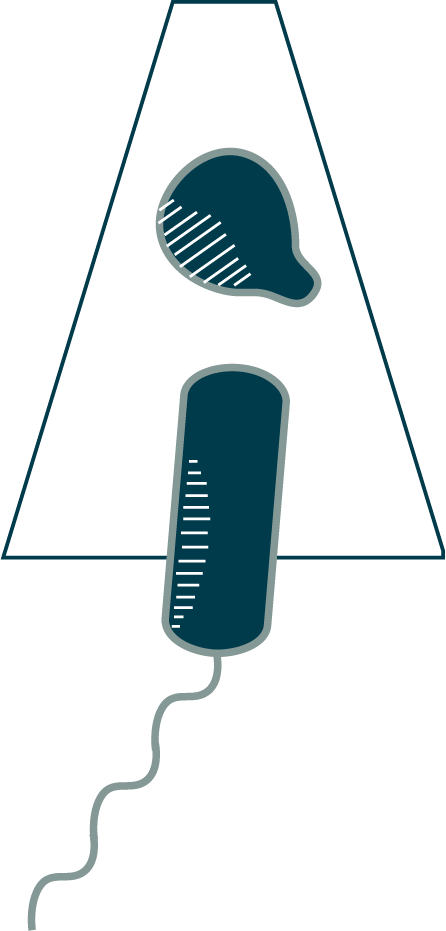

Some bacteria take the strategy of eating the neighbors to a whole new level. Remember the pack-based hunting of Myxococcus xanthus in Chapter 6 (chasing their prey with type IV pilus-based twitching motility)? There are also solitary hunters, like Bdellovibrio bacteriovorus, which has evolved an elaborate vampiric lifestyle centered around its prey. You have already seen examples of B. bacteriovorus cells on the prowl, in what is called “attack phase.” Their bodies are ideally shaped and sized for rapid flagellum-propelled swimming and all superfluous functions like growth and division are halted (remember the highly condensed nucleoid you saw at the end of Chapter 2). When a cell finds a diderm bacterium–Vibrio cholerae in this case–it uses its type IV pili to lock on, as you can see here.